How Kate Spade built her billion-dollar empire — and left it
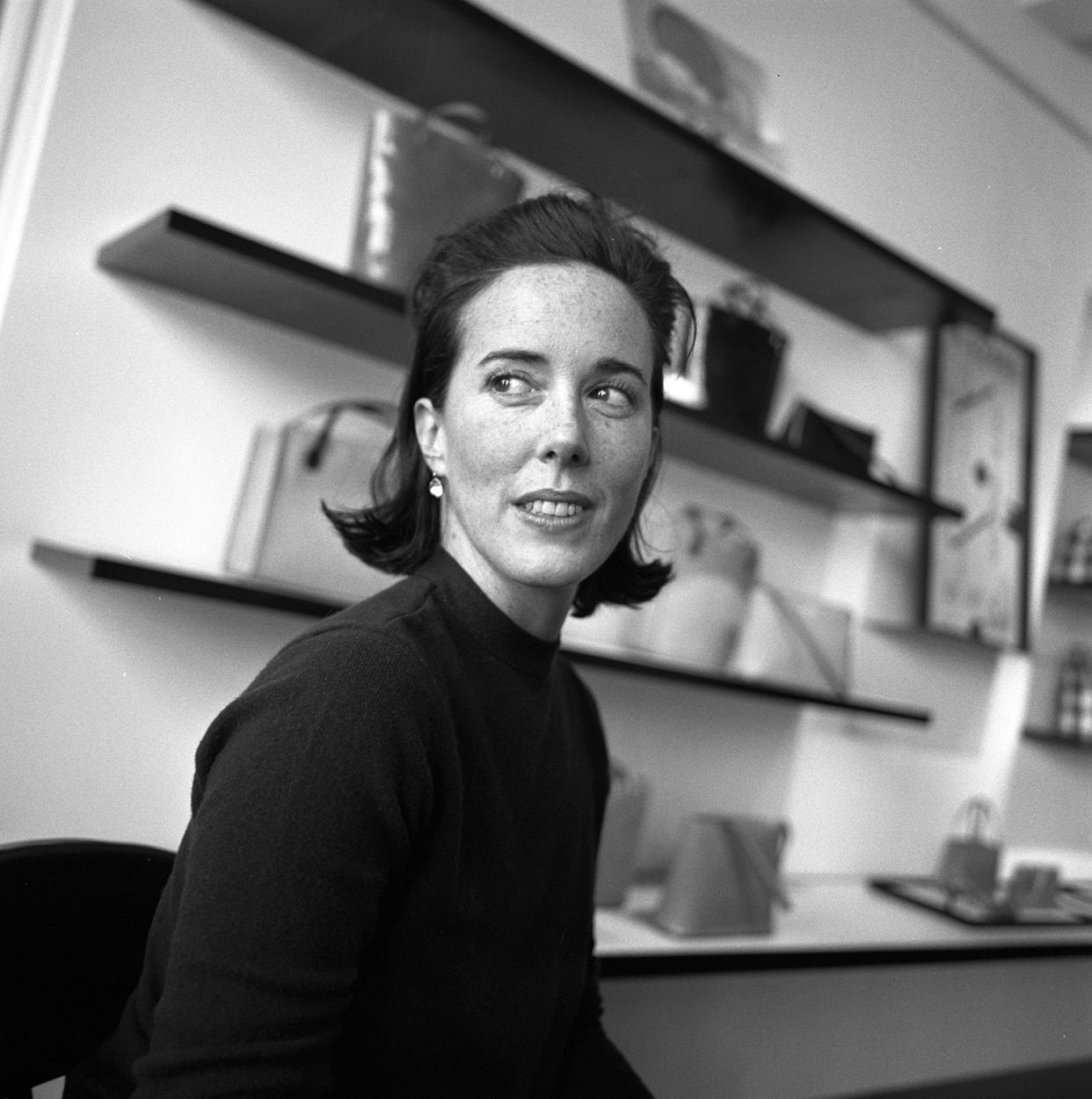
The fashion industry is mourning the loss of Kate Spade, one of America’s most beloved designers. On Tuesday morning, the Associated Press reported that Spade was found hanged, an apparent suicide, in her New York City apartment.
Spade was born Katherine Brosnahan in Kansas City, Mo., in 1962. She created her eponymous label in 1993 with her then-boyfriend — who later became her husband — Andy Spade (the brand is a combination of the founders’ names). The two met while at Arizona State University and neither studied fashion.
After graduation, the couple moved to New York City, where Kate started her career as an accessories editor at Condé Nast’s Mademoiselle magazine. Although Spade had an eye for fashion, she did not have a design background. Nevertheless, with a little push from Andy over dinner at a Mexican restaurant, she sought to make her handbag line a success — but it didn’t happen overnight.
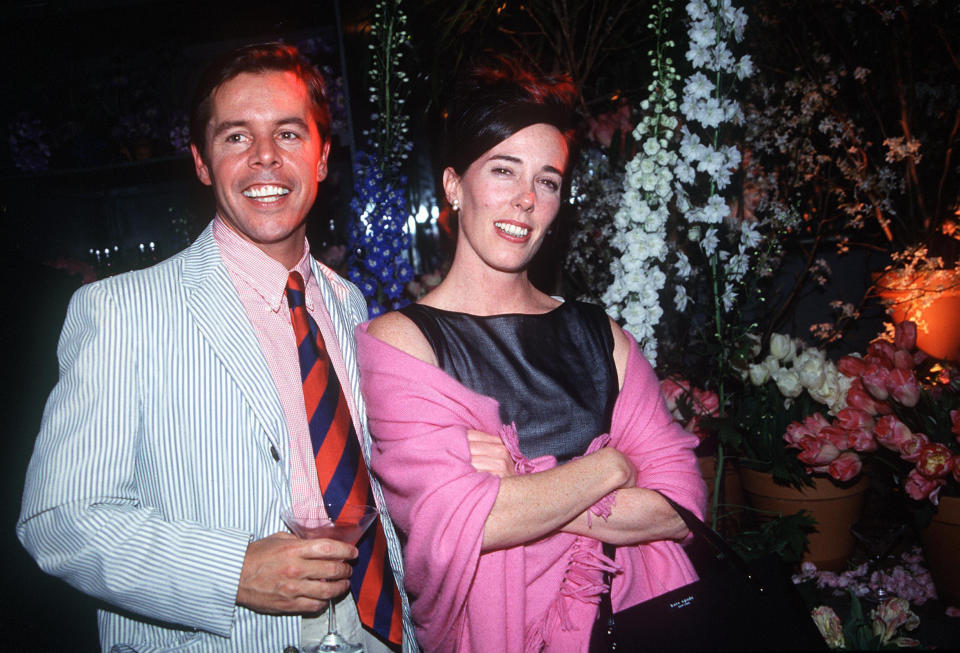
“At the time, things were very — bags were too complicated. And I really loved very simple kinds of architectural shapes. And I would wear these very simple shapes, none of which were famous designers. I mean, there were no names. If someone were to say, whose is that? I’d say, I don’t know; I bought it at a vintage store, or it’s a straw bag I got in Mexico,” Spade told Guy Raz in the NPR podcast How I Built This.
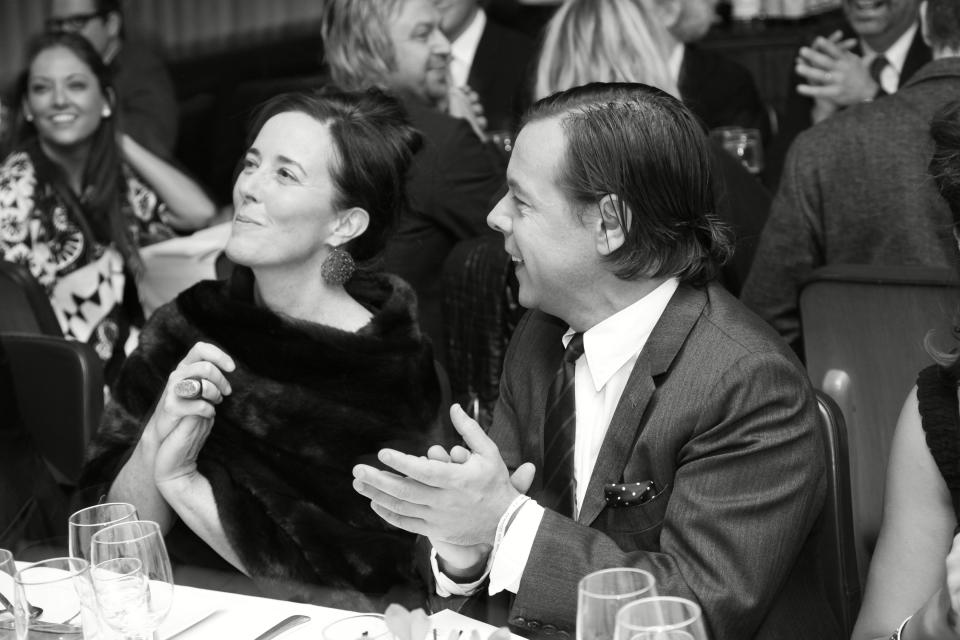
Kate’s first handbag mockup was famously made of burlap. She took her first few prototypes to a trade show at the Javits Center in New York in 1993 and sold units to Fred Segal in Los Angeles and Barneys New York, arguably two of the most renowned fashion retailers in the nation. But the profits barely covered the costs for the booth. And two years of hustling later, the company still wasn’t turning a profit.
However, things took a dramatic turn in 1996 after Kate Spade won the prestigious Council of Fashion Designers of America Perry Ellis award that brought international acclaim to the brand. More department stores, such as Neiman Marcus and Saks Fifth Avenue, started ordering in bulk, which helped the brand out of the red. At the CFDA awards, “there were reporters from around the country, not just New York, at the show. They were saying, you know, oh, my — who is this?” Spade said to Raz in the NPR podcast. “And so that really, really helped us a great deal, I have to say.”
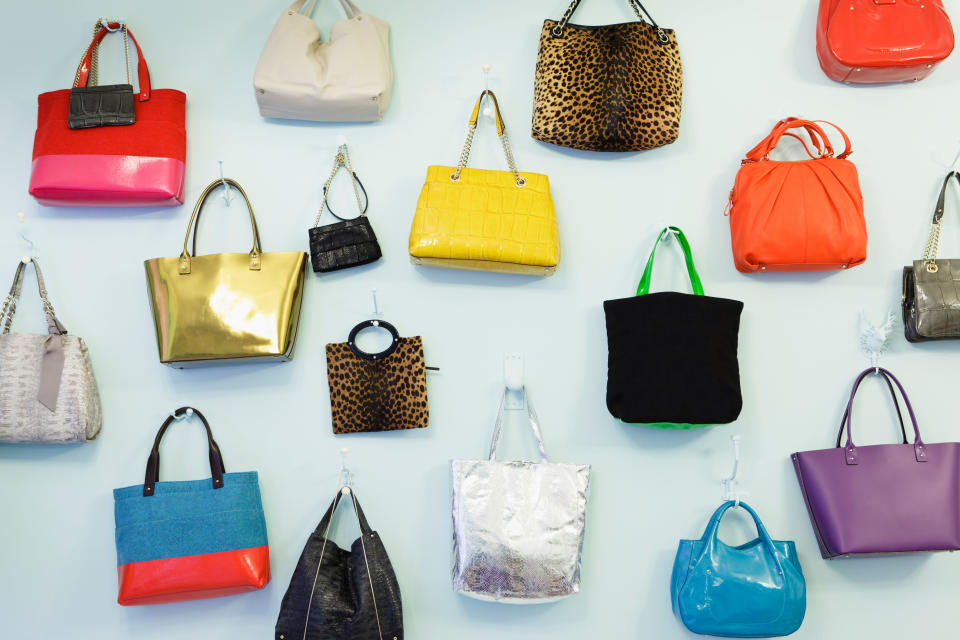
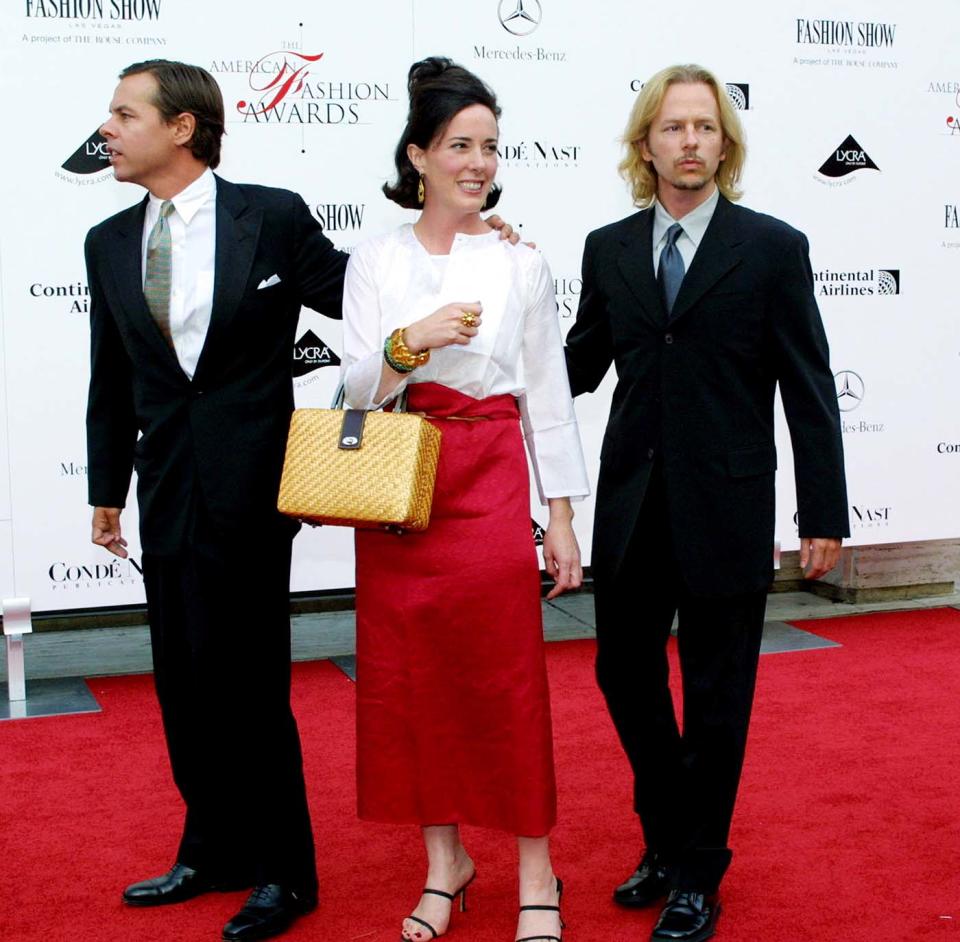
Soon after Kate’s CFDA win, her most iconic item, the Sam bag, known for its boxy shape and nylon material, became the “it” accessory of the ’90s. Spade’s decision to sew the inside logo on the exterior of the bag was a move the New York Times said helped create “a brand identity and her empire.”
“The purses became something of a handshake,” said Wall Street Journal fashion reporter Christina Binkley to Racked. “When two women met and saw they were both holding Kate Spade bags, they’d nod at each other and understand they were on the same page. It was very chic.”
In part, its success can be attributed to Vogue editor in chief Anna Wintour, who featured Spade’s bag in the magazine alongside European labels like Gucci. Celebrities including Gwyneth Paltrow, Julia Roberts, and Monica Lewinsky became Kate Spade fans.
“Kate Spade had an enviable gift for understanding exactly what women the world over wanted to carry. She launched her label at a time when everyone thought that the definition of a handbag was strictly European, all decades-old serious status and wealth. Then along came this thoroughly American young woman who changed everything,” said Vogue editor in chief and Condé Nast artistic director Anna Wintour in a statement on Vogue.com.
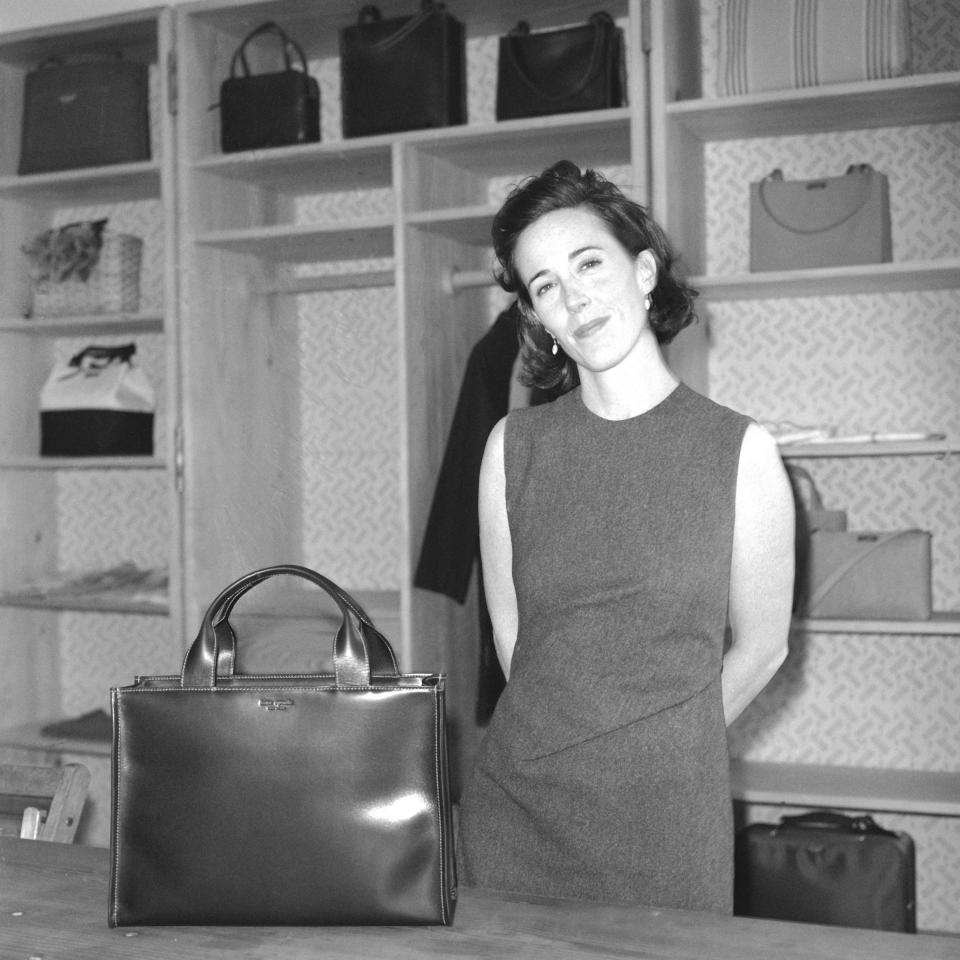
To capitalize on the the company’s popularity, the Kate Spade brand started to grow, and in 1996 the label opened its first store on Thompson Street in Manhattan’s hip SoHo neighborhood. New York was equally important to the brand’s DNA as it was to Spade’s story. The city is where the brand was born, the company bares its name (the full name being Kate Spade New York), and it is where many of Spade’s first and most loyal customers lived.
Fans range widely in age, but to this day, scoring a Kate Spade as a teenager or young adult has largely been considered a rite of passage. “It seems like just yesterday I was running my fingers over the shelves where it was my job to rearrange the iconic nylon box bags,” wrote Stella Bugbee for the Cut. “The simple rectangular totes were a status symbol for chic downtown women at the time, and I sold so many of them, I lost track.”
Kate Spade bags were modestly priced between $150 and $450, making them not only aspirational but attainable. They hung in a sweet spot compared with the brand’s European counterparts. “The name held prestige, but it wasn’t off-putting,” as Robin Givhan told the Washington Post.
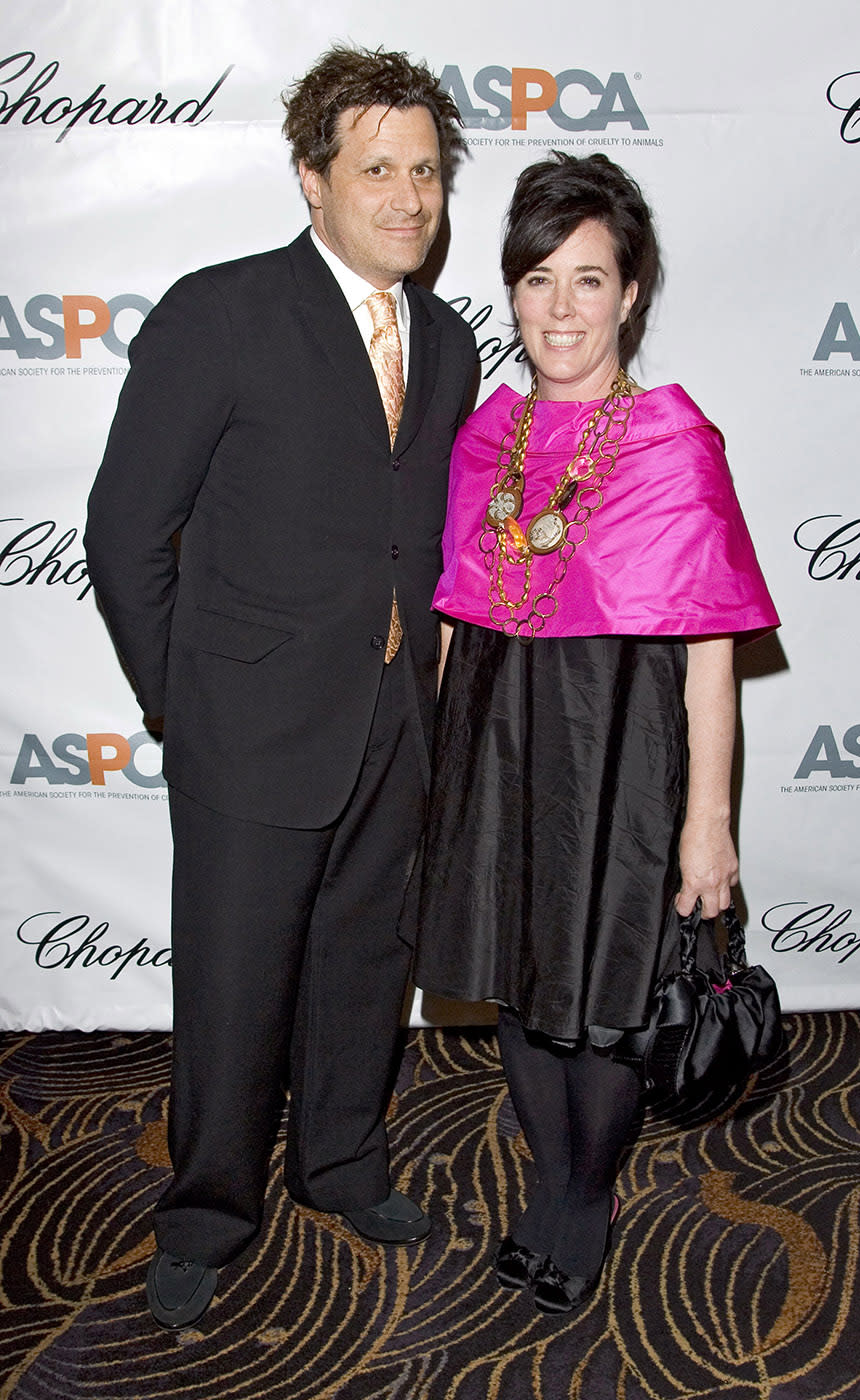
It was also Spade’s personal quirky sense of style, 1950s-style bouffant hair, and cheerful smile that added a lot of joy to the label. This infectious energy resonated with consumers, with many connecting with her Midwestern roots. Spade brought a vivid color palette, a playful charm, and feminine poise to her designs, making them highly covetable.
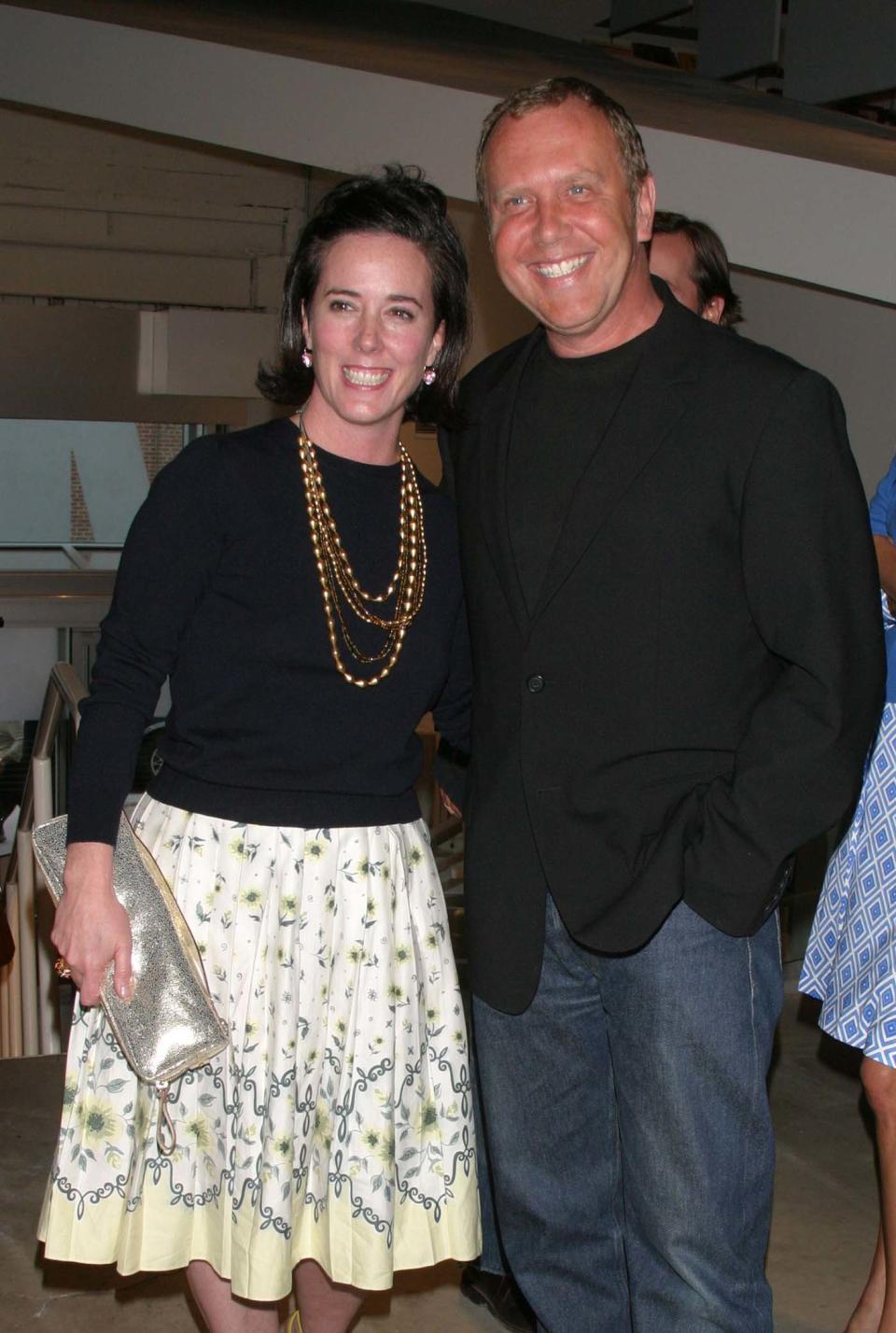
In 1999, Kate and Andy Spade sold 56 percent of their company’s shares to the Neiman Marcus Group for $34 million. In 2006, Neiman Marcus bought out the rest of the couple’s shares to sell the company to Liz Claiborne (owner of Juicy Couture & Lucky Brand Jeans), which would later change its name to Kate Spade & Co.
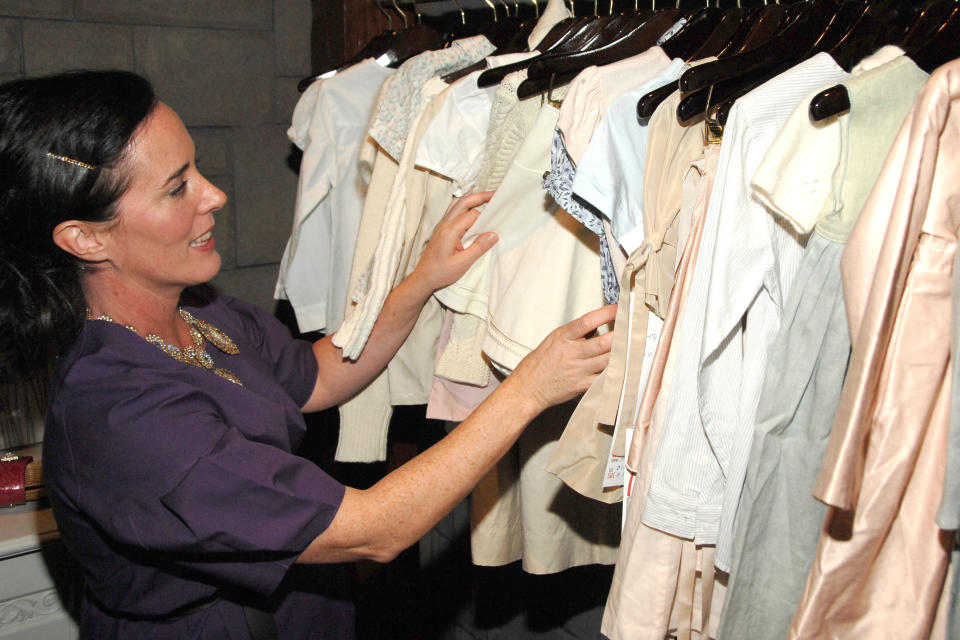
In 2007, Kate and Andy Spade would officially leave the multimillion-dollar brand they helped create, devoting more time to family and raising their daughter, Frances Beatrix Spade. But Kate’s vision and spirit would continue to drive the brand’s ethos long after her departure. Young, fresh-faced celebrities like Taylor Swift and Millie Bobby Brown carried on the funky aesthetic into the next generation, wearing it on the red carpet and being snapped by paparazzi wearing the brand’s designs.
In 2016, nearly 10 years later, the duo would return to fashion, launching a brand-new shoe and handbag label called Frances Valentine.
“Frances is a longtime family name on my dad’s side,” Spade told WWD in 2015. “My grandfather, father, brother, and my daughter’s name is Frances. And then Valentine was my mom’s dad’s middle name because he was born on Valentine’s Day.”
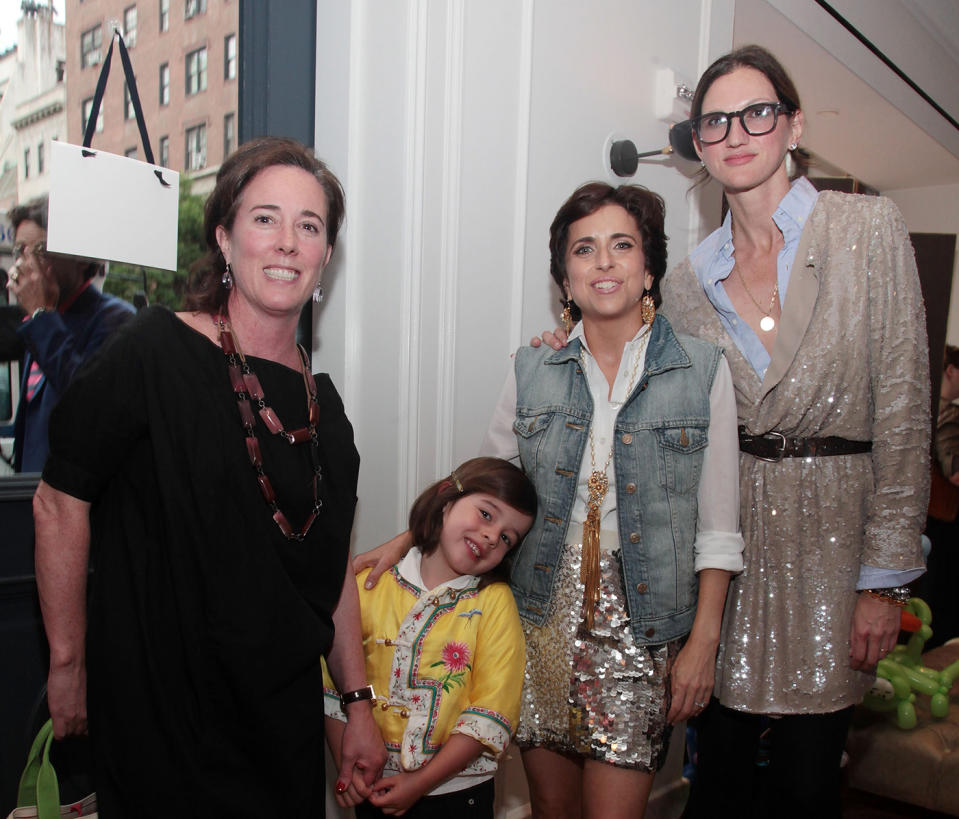
Kate too would come to love the name Valentine so much that she changed her surname to Valentine. She explained the name choice to the Business of Fashion in 2016: “It kind of makes [me] sound kind of cool, like a rap star or something,” she joked. “But we’re not trying to be cheeky or coy. It really was to distinguish the name and separate the two worlds. Obviously we’re super proud of Kate Spade, and we want to be respectful of both.”
In 2017, Kate Spade & Co. sold to Tapestry, Inc. (parent company to Coach and Stuart Weitzman) for an astounding $2.4 billion.
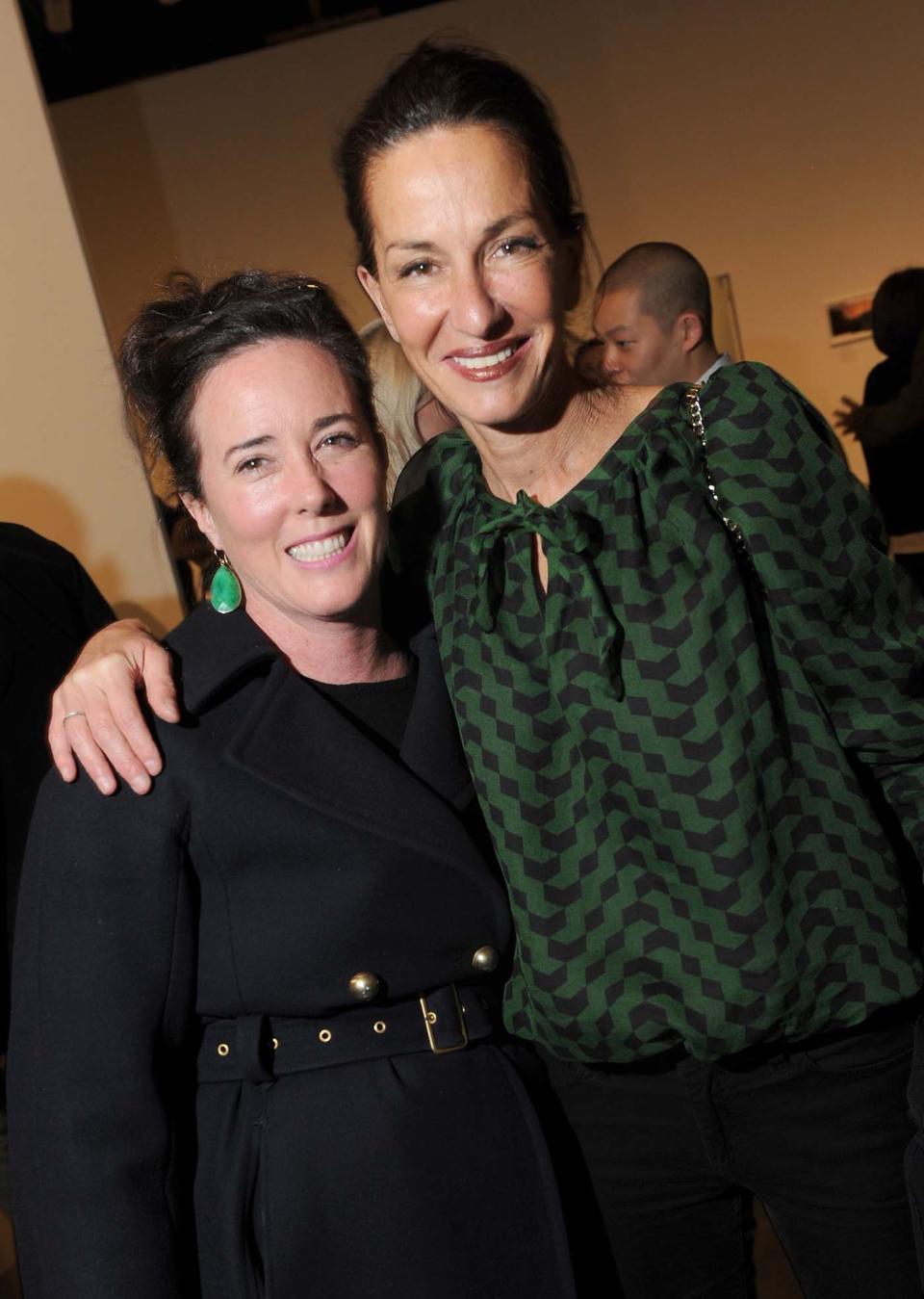
Among other things, Kate Spade will be remembered as one of the first major female American designers, one who helped pave the way for other industry successes like Jenna Lyons (formerly of J.Crew), Tory Burch, and Cynthia Rowley.
Read More from Yahoo Lifestyle:
• Designer Kate Spade, 55, found dead in apparent suicide
• Style mavens Jonathan Adler and Simon Doonan are why you should never turn down a blind date
• Why adoptive parents like Sandra Bullock feel that ‘the perfect child will find you’
Follow us on Instagram, Facebook, and Twitter for nonstop inspiration delivered fresh to your feed, every day.
If you or someone you know is struggling with suicidal thoughts, please call the National Suicide Prevention Lifeline at 800-273-8255.

